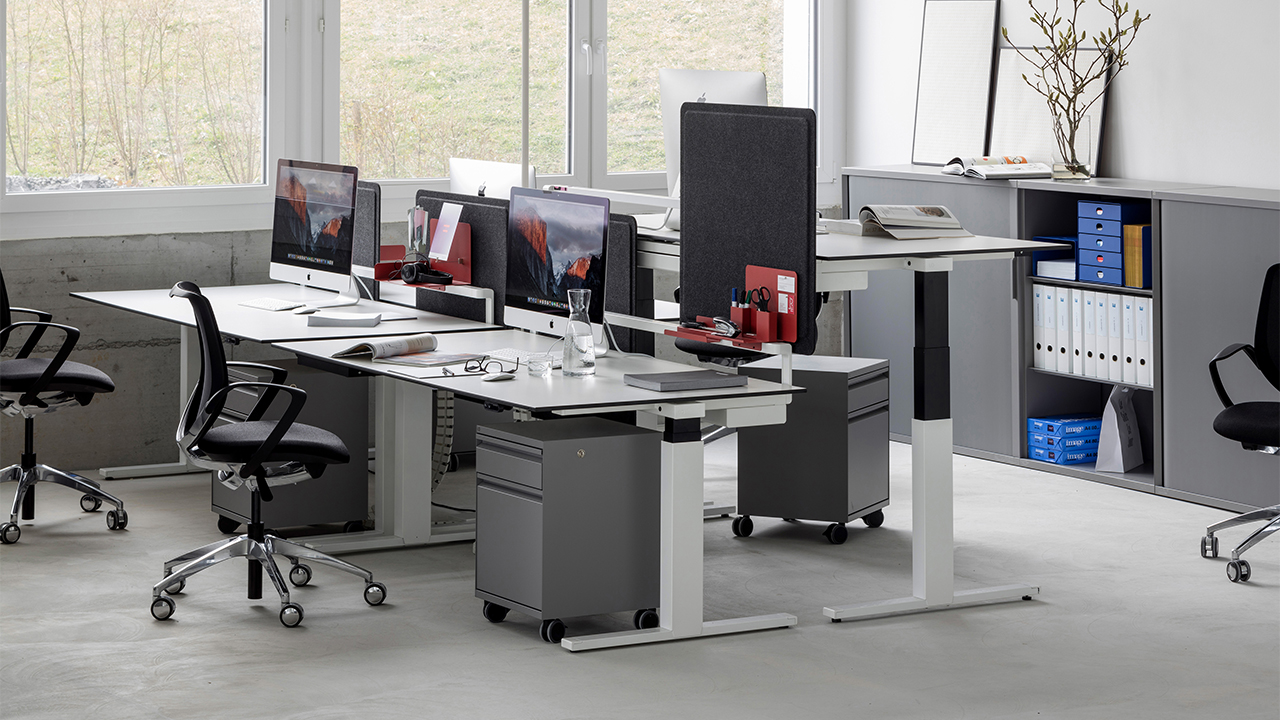Office furniture manufacturer streamlines processes and product creation
Office furniture manufacturer streamlines processes and product creation

The way offices are designed and furnished has a direct impact on a company’s success, especially when it comes to innovation, motivation, and efficiency. In collaboration with universities and scientists, Lista Office Group AG (Lista Office LO) turns the latest workplace research findings into innovative solutions. The leading Swiss manufacturer designs and implements office furniture, claiming their solutions make people work enthusiastically and successfully even on Mondays.
The company’s comprehensive product portfolio manufactured in-house ranges from desks, cabinets, and shelves all the way to accessories, the little everyday helpers. They combine steel and wood in all their different varieties and in combination with textiles and other materials to best cater to their customers’ tastes and required functionality.
Through a network of nine own subsidiaries and 15 authorized sales partners across Switzerland, Lista Office LO also acts as a full-service supplier of complete custom office furnishing projects. The company claims that its intelligent solutions can reduce the amount of space required by 25 percent or more while creating a pleasurable and productive workplace experience for those working there. To verify designs, Lista Office LO in some cases offers customers a 360° 3D preview in virtual reality.
Lista Office LO’s design engineers have been using Solid Edge® software from Siemens Digital Industries Software for computer-aided design (CAD) since the early 2000s. “As most of our office furniture is made using sheet metal and wood, we are extensively using the software’s sheet metal capabilities,” says Bruno Inauen, head of engineering, Lista Office LO. “They have greatly accelerated design work.”
Rapidly growing variety
In addition to a wide variety of standard geometries, Lista Office LO furniture comes with a considerable amount of customization. “More than 20 percent of the office furniture Lista Office LO makes is customized,” Inauen confirms. “This ranges from a single extra cable feedthrough in a table to a full-custom cabinet design.” Consequently, the engineering department is split up into two teams, one for basic engineering and serial product development and one for custom design tasks.
In the past, the engineers usually created new items by copying and modifying existing designs rather than by creating part families with parameters for variable dimensions. This led to an enormous growth in the number of products, parts and assemblies. This and a variety of data sources caused an unnecessarily high complexity of the process interfaces between engineering and production.
“With 250,000 CAD files on record, where-used lists had hundreds of pages and little information value,” says Inauen. “Depending on the origin of a modification, the information could be stored in several places and was often not easy to find.” As there was no associativity between original and modified parts, changes made to standard components or assemblies needed to be carried out separately for all product variants.
Ensuring consistency of the data used to create a customized version of an existing design had become a time-consuming activity, resulting in prolonged design-to-manufacturing transition periods. Production also frequently had to make adaptations to the designs they were sent before production could commence. All this slowed down the often time-critical product creation process, making it difficult to keep the company competitive.
